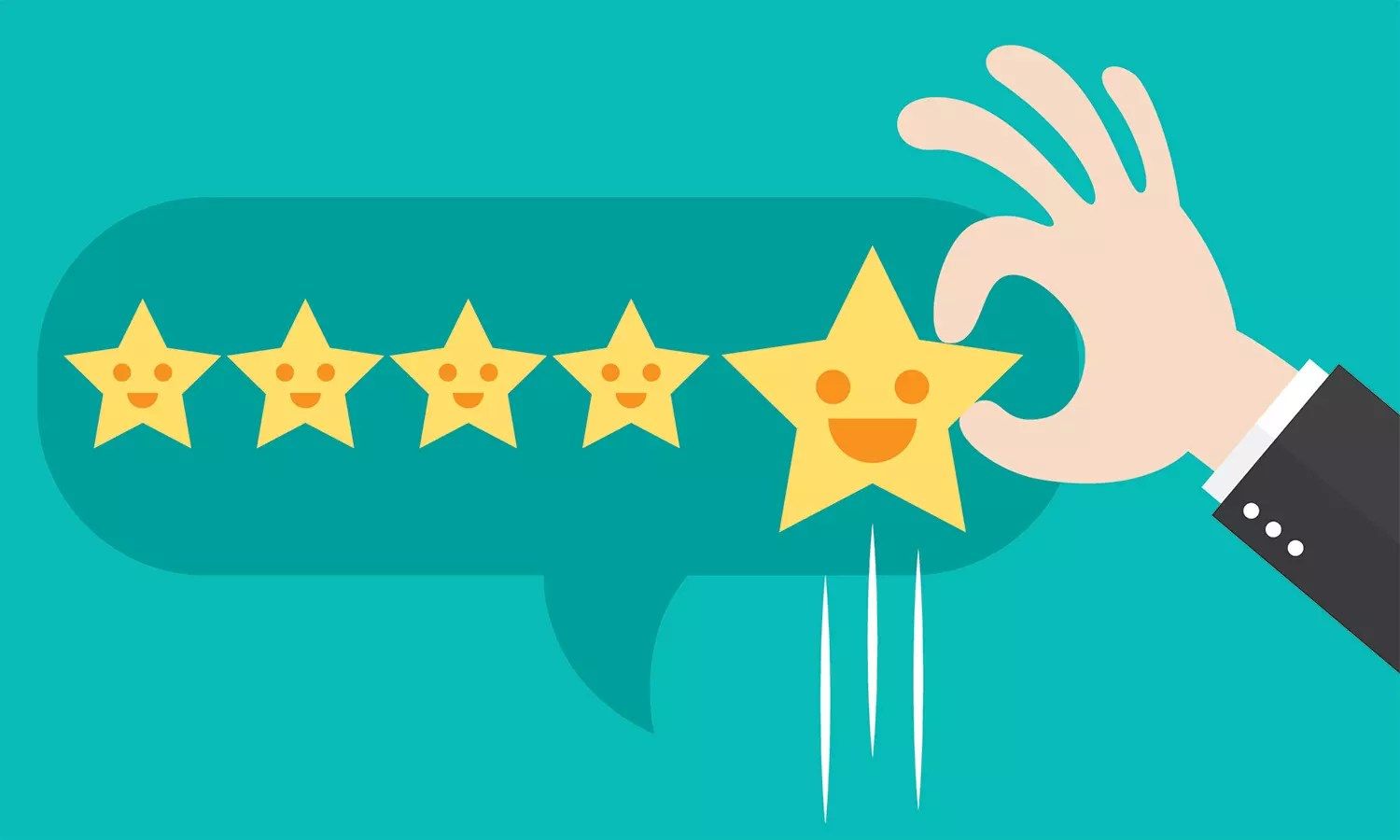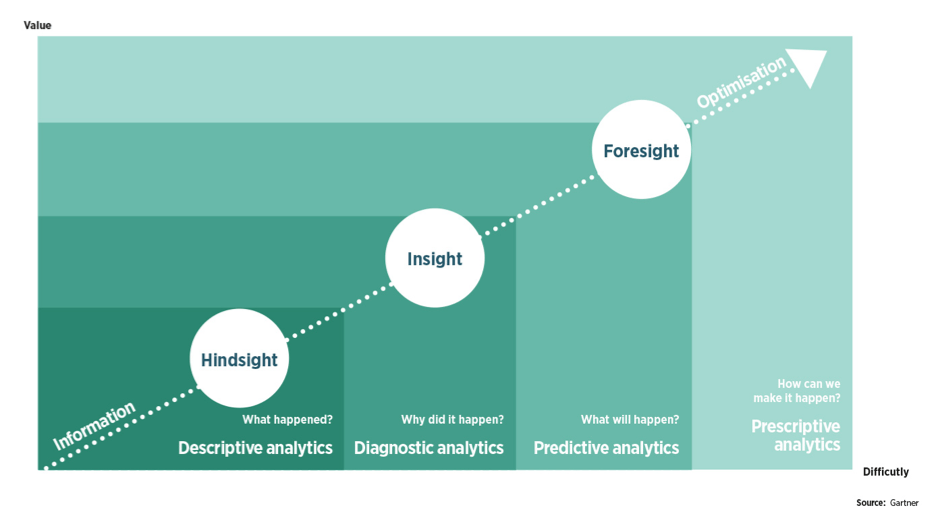How to Win your Customers for Life with Predictive Analytics

Winning customers for life is a challenging task for organisations. How can you connect with your customer? How can you ensure that they stay with your organisation for a long time? What products for what price do your customers want? Questions that many organisations face. Fortunately, with the advance of big data and analytics, it has become a little bit easier for organisations. These are challenging times for organisations.
Organisations have to face disruptive innovations from many different angles, and accelerated change in technological advances require organisations to change and adapt constantly. On the other hand, we have moved from descriptive and diagnostic analytics to the more advanced predictive analytics, and we are moving towards prescriptive analytics. The more we use data to predict what will happen and what action should be taken, the more difficult it becomes, but also the more value that can be created.

Source: Gartner
Every Organisation is a Data Organisation
In today’s data-driven world, every organisation is a data organisation. New organisations that disrupt multiple industries understand this very well. They use data in every possible way. At every possible touchpoint with customers, they collect data, and they use smart algorithms to analyse all of that data. Some of the most prominent startups have taken a completely different approach to organise activities:
- Uber is the largest taxi companies, but doesn’t own any taxis;
- WhatsApp is the largest telecom company, but does not own any telecom infrastructure;
- Alibaba is the 2nd largest retailer, but does not own any inventory;
- Netflix is the world’s largest movie house but does not own any cinemas.
The common denominator with these organisations is that they collect a lot of data. They not only collect, but also combine the data sources and analyse them for valuable insights.
Any existing, more traditional, organisation should take the same approach. They should start collecting data at every single customer touchpoint, combine and mix them and use smart algorithms to obtain insights on customer preferences, interests and demographics to create a single customer view. Only then will you as an organisation be able to win your customer for life.
Five Sources of Data to Understand your Customer
There are several sources that you should start with when collecting the data:
- First of all, you should, of course, start with your existing customer data; who are your customers, what are the demographics, which products or services did they buy, how much did they spend, when and why. Without this data, you have very little chance to win customers for life.
- Social media data is the second data source that you should tap into. With the hundreds of different social media networks available there are billions and billions of data points that you could use to gain a better understanding of your customers; what are their interests, what are there latent needs and how do they feel about your brand?
- Next comes data from the Internet of Things devices, which can tell you a lot of information about how your customers use your products, when they use it, for how long they use it, etc. Valuable information that provides you with a better understanding of your customers.
- The 4th data source is location data that has become readily available through the use of, for example, iBeacons. Location data is very valuable, especially in combination with the other data sources, to better understand where your customers move and use your products.
- The final data source that you could tap into is public data, provided by governments through their portals. Open data has become more readily available, and it can significantly enrich your data.
Together, these data sources enable you to create a complete picture of your customers and to use predictive analytics to know when to reach out to your customers through what channel. The objective should be to move from managing your customer with tradition CRM data to interacting with your customers through social media and for example iBeacons, through analysing your customer data using predictive analytics tools to truly understand and know your customers, resulting in an N=1 segmentation. This will enable you to create truly personalised products, services and marketing campaigns, resulting in happier customers.
Combining Data Sources
When combining these data sources and analysing them for insights, there are several important things you can predict:
- Customer churn: when is your customer about to leave you for what reason. Knowing this information will enable you to take proactive action to prevent your customer from eventually leaving you.
- Sentiment: what will your customers think of your new product, service, campaign or commercial. Knowing this information enables you to alter them before you launch them to ensure that they match your customers’ needs.
- Customer support: when can you expect an increase in customer support and what will the customers be looking for? Knowing how your customers use your product would enable you to predict customer service request if you notice a fault in your product. This information will undoubtedly improve your customer service.
- Customer Lifetime Value: when you have a detailed understanding of your customers, you can better predict their Customer Lifetime Value. Having a better understanding of the CLV will allow you to invest more, or less, in the right customers.
Final Thoughts
Collecting a lot of customer data requires you to ensure that your customers do not become the victim of it. In any organisation, privacy and security are very important. Especially with so many data breaches happening all the time. In fact, I believe that any organisation can and will be hacked in the future. If you are not being hacked, you are simply not important enough. Therefore, to ensure loyal customers, you should do whatever it takes to prevent data breaches. If a hack does occur, make sure that the privacy of the customer is still safe thanks to encryption.
Winning your customer for life is still very difficult, but the availability of so much data on your customers makes it a lot easier to predict, using smart algorithms, what they are looking for when and how you should connect with them. If you keep customer data secure and ensure customer privacy, you have significantly increased your chances to win your customer for life. And if you take care of your customer, your customer will take care of your shareholder.
Image Credit: sdecoret/Shutterstock





